It's easy for me to say this now, but following the launch of the 716 AP1 and 716 AP2 irons I did come away thinking that Titleist could do with an iron between the two.
When I go to these launches I go through a fitting process and with the 716 irons I was prescribed with AP2 from 5 to PW and an AP1 4-iron which was not only more forgiving, but easier to hit and went further, so why wouldn't you?
However the 4-iron in AP1 looks significantly bigger at address with much more offset, whereas in AP2 it looks a little small.
Enter the Titleist 718 AP3 iron which despite the numbering sits in size between AP1 and AP2, or maybe it is their love child where 1 + 2 = 3?
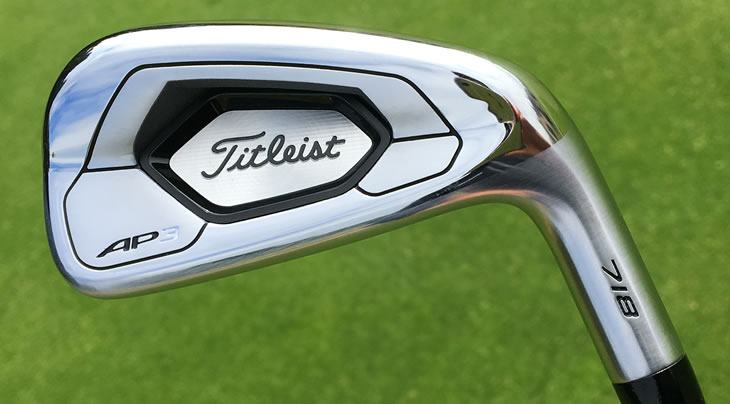
The gap has been created by AP2 staying the same head size since it was introduced in 2008 and AP1 getting bigger as technology advances.

The AP3 is really for those who found the AP2 or the similar sized T-MB a little too compact to be consistent with and joins an ever growing sector of the market I would call 'players improvement' irons. Titleist has grouped it with the 718 T-MB and 718 AP1 as one of their 'Distance' irons because of its forgiveness and unsupported face design.
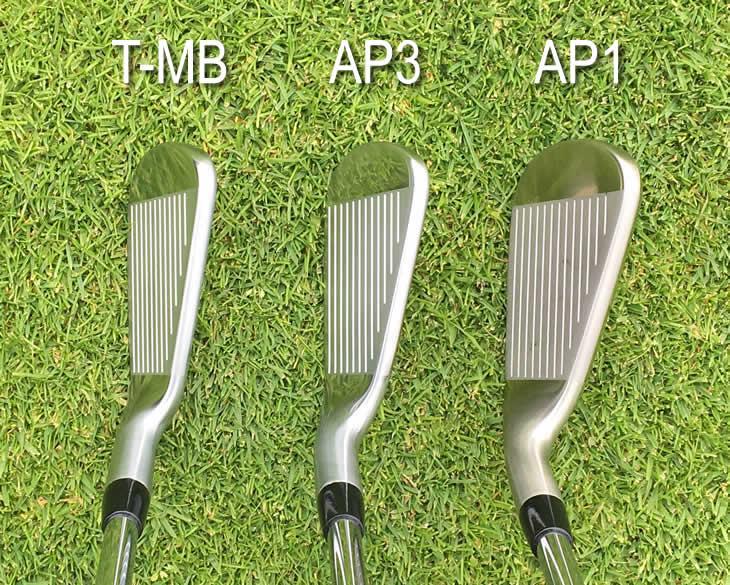
At address it still has the same classic Titleist lines, but in a mid-sized head that gives you more confidence at address.

The head uses a hollow blade construction with a cavity behind the Titleist badge is and an undercut design that changes as you go through the set.
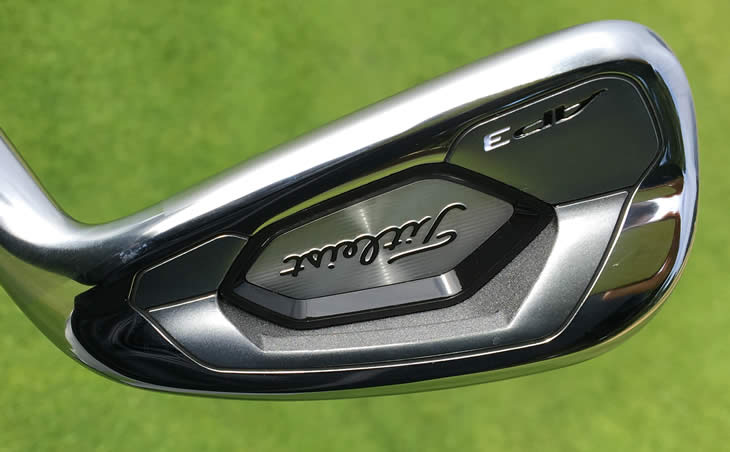
With the 3 to 7 irons the cast 17-4 stainless steel body has high density tungsten weights hidden in the heel and toe to help with stability. These total 78 grams and equal a third of the total weight of the head.
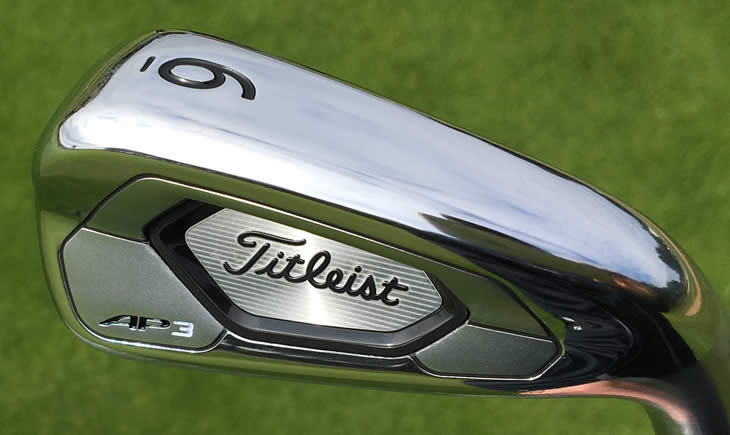
The face insert is High Strength Steel in a L-face shape so that the leading edge wraps around the sole of the club to take the join behind the face and improve ball speed from lower strikes.
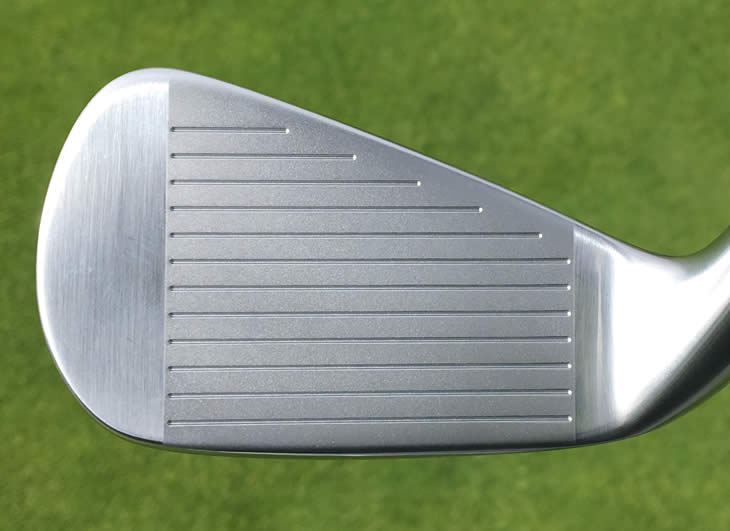
The 8 and 9 irons use the same chassis, but the face insert is also 17-4 stainless steel and in the two set wedges it is a solid 17-4 steel body and face.
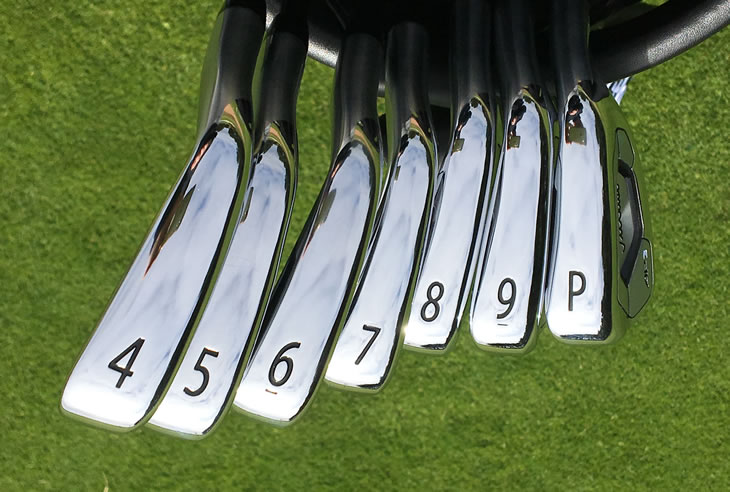
Throughout the set the design has a pre-worn leading edge for better turf interaction and a bottom heavy sole that sees the lower half of the head have a 'J' look to it from the toe side.

This is what gives the AP3 it's forgiveness and launch and the face construction gives it the speed. The lofts in the 3 to 9 iron are 1° weaker than AP1 so you will need care if blending the sets.

You can also blend the AP3 into AP2 sets, but again the AP3 are 2° stronger in 3-6 irons and 3° in 7 to PW so it is possible, but you may end up with two clubs of the same number from different sets that have different lofts.
In those short and mid irons the sound and feel is excellent and if you are used to the feel of the forged AP2 then I don't think you will notice much difference, apart from the fact that they are more forgiving.
It really is very easy to slip into the 718 AP3 if you have used AP2 or TM-B in the past, as it looks the same, but is bigger, without being oversized.
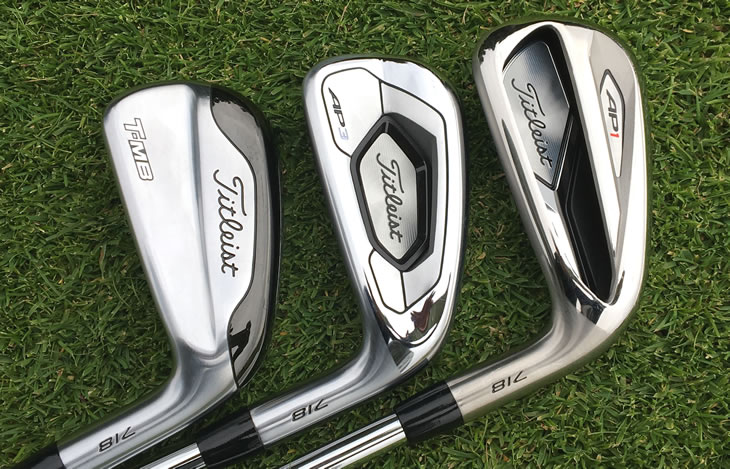
In the longer irons from 5 upwards then the larger size of the cavity does make it sound a little hollower, but this is the only compromise and better players should not be put off by the top lines which start to look thin given the longer heads.
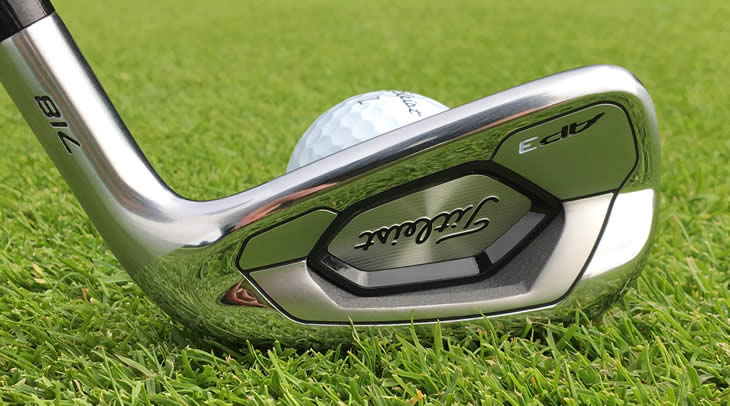
Going through the same fitting process again, the AP3 was outperforming AP2 for consistency of distance and that will be the benefit of that larger head.
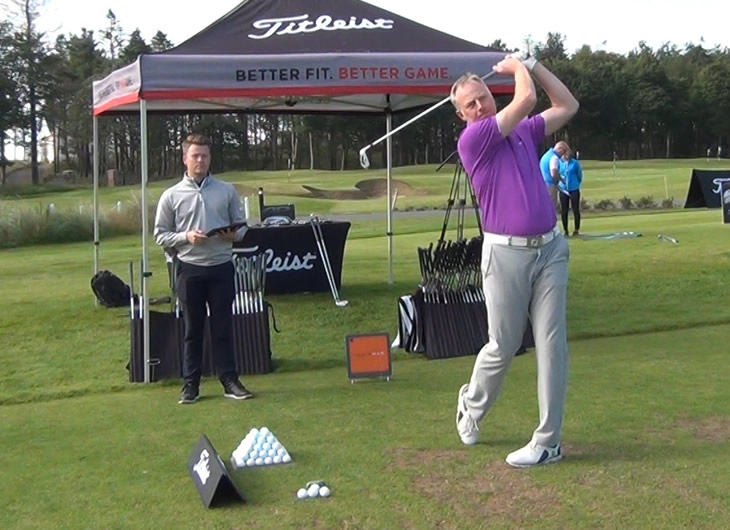
The stock shaft is the True Temper AMT Tour Black that is an ascending mass shaft that is lighter in the long irons and gets heavier as you move to the short irons, but there are also many other options available through Titleist custom fitting.

Many low single figure players like myself you would have gone for AP2 in the past because that was the only real option for players' forgiveness. The AP2 is the number one iron on Tour and the word 'Tour' is the key here because really the AP2 is forgiving in their world.
For good amateurs, I would suggest that AP3 is where you start now because you can get the same feel and looks with more forgiveness. If Adam Scott is using AP3s in his set, then you know you should be looking at these too.
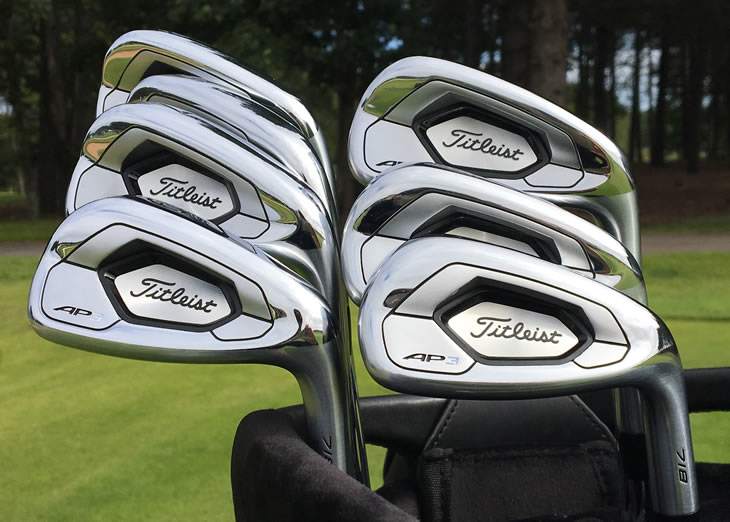
As I mentioned the longer irons were looking a touch thin for their size, so in the fitting we compared them to the 718 AP1 5 and 4 iron and the consistency and extra distance from the larger heads made them the better choice for a blended set for me.
Whether you go this far or not, the Titleist 718 AP3s is where most single figure golfers should start their journey. The mid-sized head combines feel and forgiveness in a classic shape with good looks and the AP3 could surprise Titleist and become one of their leading models.